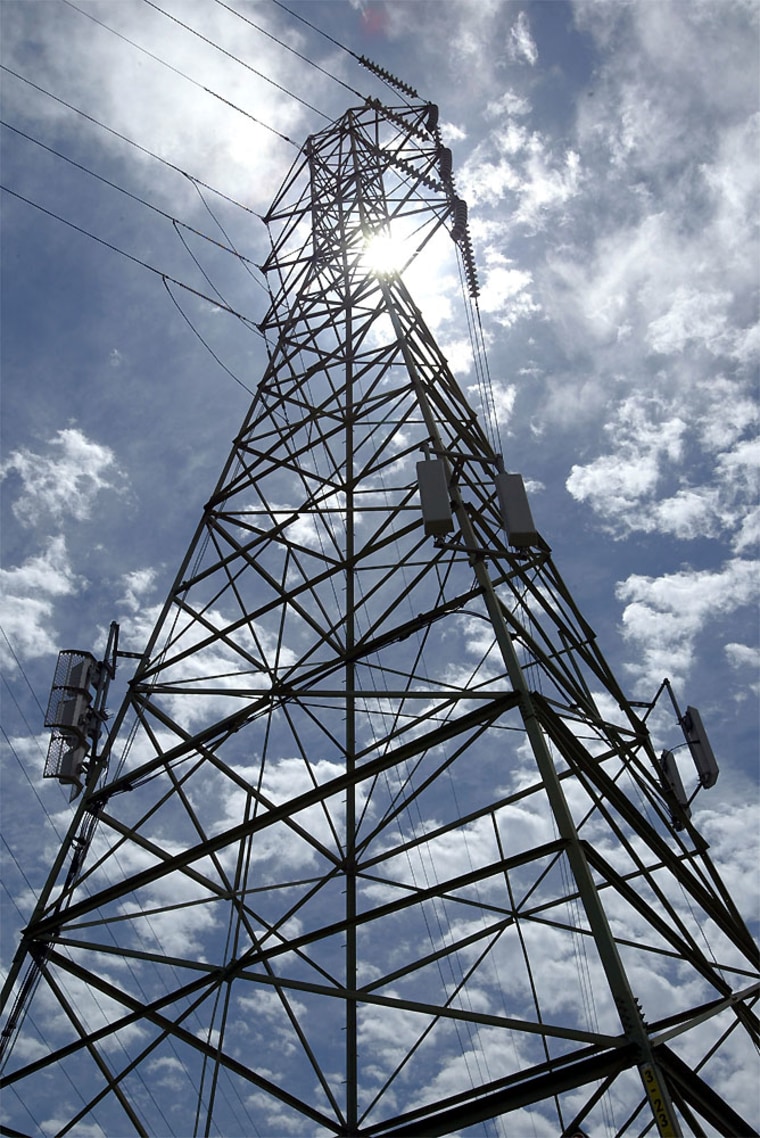California's main power authority asked electricity generators yesterday to delay maintenance work and conserve capacity, as record seasonal temperatures blanketed the state and air-conditioning systems were turned on at full power.
The extreme temperatures and unseasonal wildfire outbreaks in the south, and temperatures some 15C above the springtime norm in the San Francisco Bay area, added to mounting anxieties about the effects of the heat and a prolonged drought.
In Los Angeles, health authorities advised people to stay indoors as much as possible, as reports emerged that the federal government had warned it might have to impose restrictions on water use across the region.
The water shortage, now extending into its sixth year, has forced the implementation of emergency measures throughout the west.
The California Independent System Operator, which manages power distribution in the state, has issued three low-level alerts already this year, in a season when electricity supplies are usually ample.
Demand typically peaks in August, although the ISO issued its first "stage one emergency" last month, ordering plant operators to maintain supplies and asking consumers to conserve power.
Hydroelectric resources in more northerly states, such as Washington, and across the Canadian border in British Columbia improved with the winter rains and provided supplies for import, but California's own dam- generator system is under strain.
In Colorado, homeowners in Denver have been obliged to reduce their use of garden sprinklers and conservation measures have been introduced in several of the nine states that draw water from the Colorado River.
The river, recently named the nation's most endangered waterway by a leading environmental group, has been shrinking for the past five years.
The water level in the Lake Mead reservoir, contained by the Hoover Dam on the California-Nevada border, has fallen by 24m during the drought, and is 40 per cent below capacity.
Further upstream, Lake Powell is in an even more precarious state, and federal officials have said it could dry up within five years if current drought conditions and water usage rates persist.
